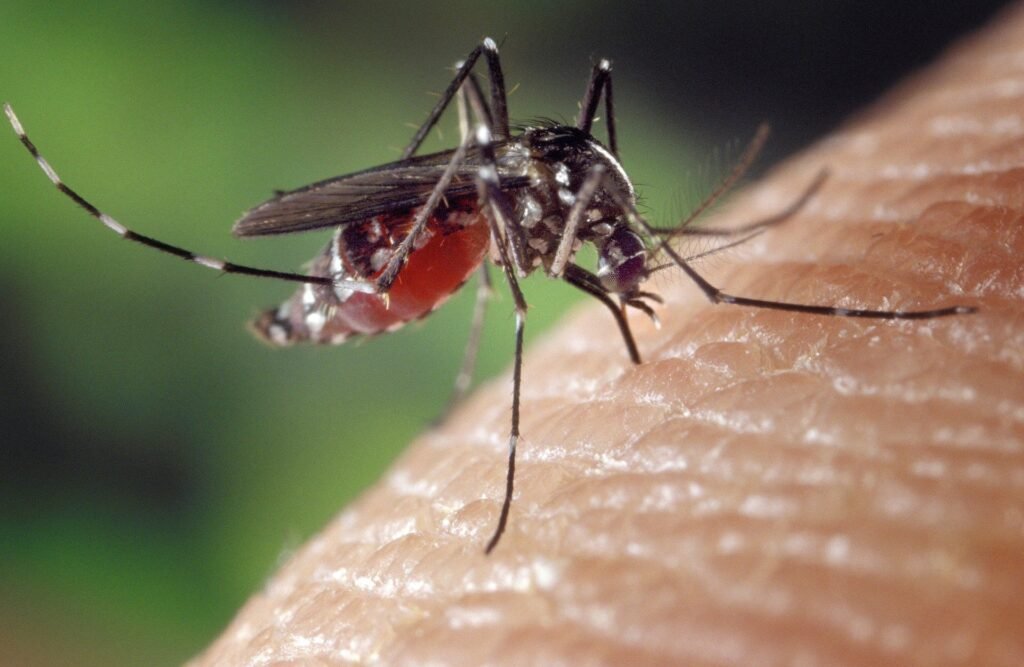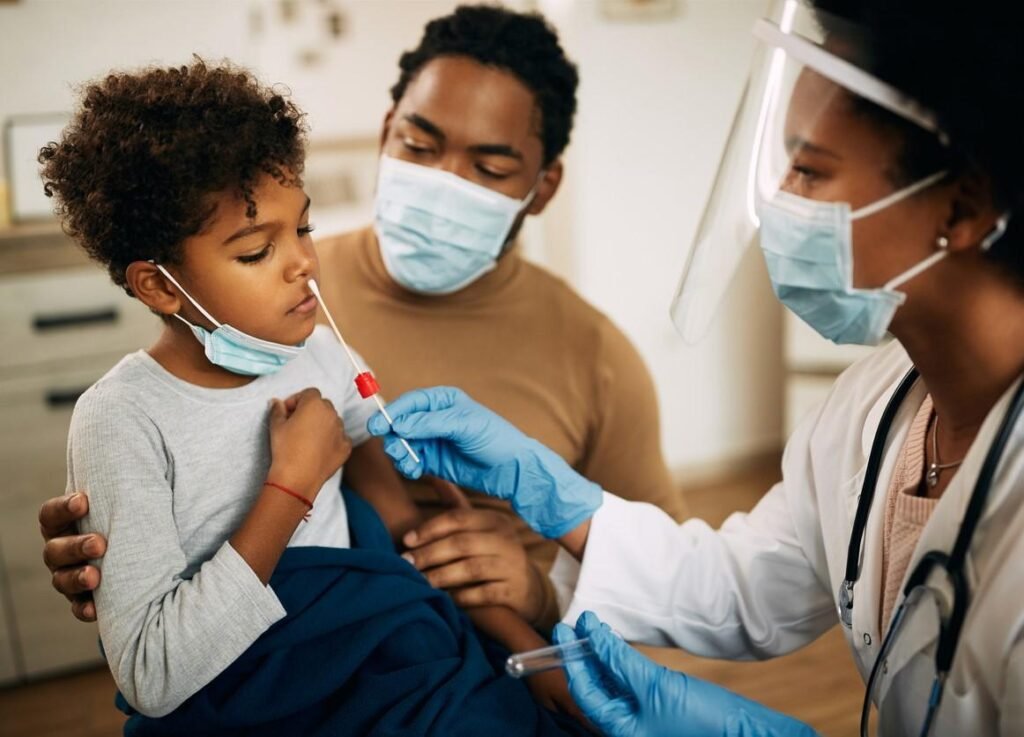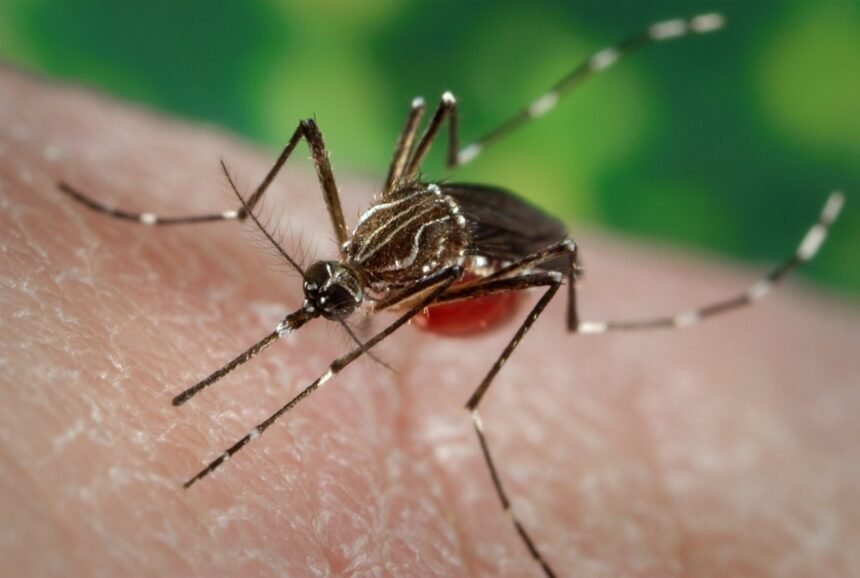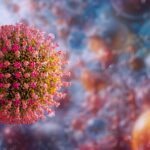Introduction: Imported Dengue Fever Cases in American Samoa
Health authorities in American Samoa recently confirmed three cases of dengue fever, all imported from travelers arriving from Samoa, which is currently experiencing an outbreak. While no local transmission has been reported, officials stress that even a single infected traveler can introduce the virus into the local mosquito population. Dengue fever is caused by the dengue virus and is transmitted by Aedes mosquitoes, which are present in many tropical and subtropical regions. Infection can range from mild flu-like symptoms to severe complications, making prevention a public health priority.
Understanding the Risks of Imported Dengue
The detection of these imported cases in American Samoa highlights the vulnerability of communities to mosquito-borne illnesses. Travelers returning from affected areas such as Samoa, Fiji, Tonga, and the Cook Islands can carry the virus, and mosquitoes can then transmit it to others in the community. The risk of local outbreaks increases when infected individuals are bitten by mosquitoes that subsequently bite other residents. Health authorities emphasize that public vigilance and preventive measures are crucial to reducing the spread of dengue and protecting public health. https://www.who.int/news-room/fact-sheets/detail/dengue-and-severe-dengue

Symptoms of Dengue Fever
Recognizing dengue fever symptoms early can prevent serious health complications. Common symptoms include a sudden high fever, severe headaches, and intense pain in muscles and joints, often referred to as “breakbone fever.” Many patients also experience nausea, vomiting, skin rashes, fatigue, and weakness. In severe cases, dengue can cause hemorrhagic fever, organ damage, or even death. Early identification and medical attention are essential for anyone displaying these symptoms, especially travelers returning from regions with active outbreaks.
Preventing Dengue Fever
Preventing the spread of dengue fever requires a combination of personal precautions and community-level mosquito control. Individuals can protect themselves by applying insect repellents, wearing long sleeves and pants, and staying in screened or air-conditioned accommodations. Eliminating standing water in homes and public spaces is equally important, as mosquitoes breed in containers, old tires, flower pots, and other stagnant water sources. Monitoring one’s health for 14 days after travel to affected regions and seeking prompt medical care if symptoms develop are also essential steps in preventing the virus from spreading locally.
Mosquito Control and Community Measures
Controlling mosquito populations is critical to preventing dengue outbreaks. Health authorities in American Samoa are focusing on regular inspections to eliminate breeding sites and promote proper waste disposal. Community awareness campaigns help residents understand the importance of mosquito control and encourage proactive participation. Additionally, larvicides can be used in water containers that cannot be emptied, while regional monitoring programs track mosquito populations and potential dengue activity. These collective efforts reduce the risk of the virus establishing local transmission and protect the community from outbreaks.
Global Context of Dengue Fever
Dengue fever is a growing concern across the Pacific region. Countries like Tonga and Samoa continue to experience outbreaks, highlighting the ease with which dengue can spread across borders. Severe cases have led to hospitalization and fatalities, underscoring the importance of early detection, medical care, and preventive measures. American Samoa’s proactive monitoring of travelers and public awareness campaigns reflect the lessons learned from neighboring countries and aim to prevent similar outbreaks locally.
The Role of Public Awareness
Community education is vital in preventing dengue outbreaks. Residents are encouraged to recognize symptoms, report suspected cases promptly, and participate in local mosquito control initiatives. Understanding the behavior of Aedes mosquitoes, particularly their peak biting times in the early morning and late afternoon, can help individuals protect themselves and reduce the likelihood of transmission. Public awareness also promotes cooperation among community members, making collective prevention efforts more effective and sustainable.

Health Authorities’ Response
Health authorities in American Samoa are taking extensive measures to prevent dengue transmission. These include monitoring travelers from dengue-affected countries, issuing advisories, and coordinating mosquito surveillance programs. Authorities are also working with regional health agencies to track outbreaks and ensure timely interventions. This approach emphasizes early detection, rapid response, and public education as key strategies for managing the risk of imported dengue fever cases in American Samoa.
Future Outlook
Although there is no specific antiviral treatment for dengue fever, ongoing research into vaccines and preventive therapies offers hope for reducing the disease’s impact. In the meantime, individual precautions, community involvement, and public health interventions remain the most effective strategies for controlling dengue. American Samoa’s proactive measures demonstrate how vigilance, education, and mosquito control can protect communities from the threat of imported dengue fever.
Conclusion
The confirmation of imported dengue fever cases in American Samoa serves as a reminder of the constant risk posed by mosquito-borne diseases. Residents and travelers alike must remain vigilant, practice preventive measures, and participate in community-level mosquito control initiatives. These actions help minimize the spread of dengue, ensuring the health and safety of the population.




